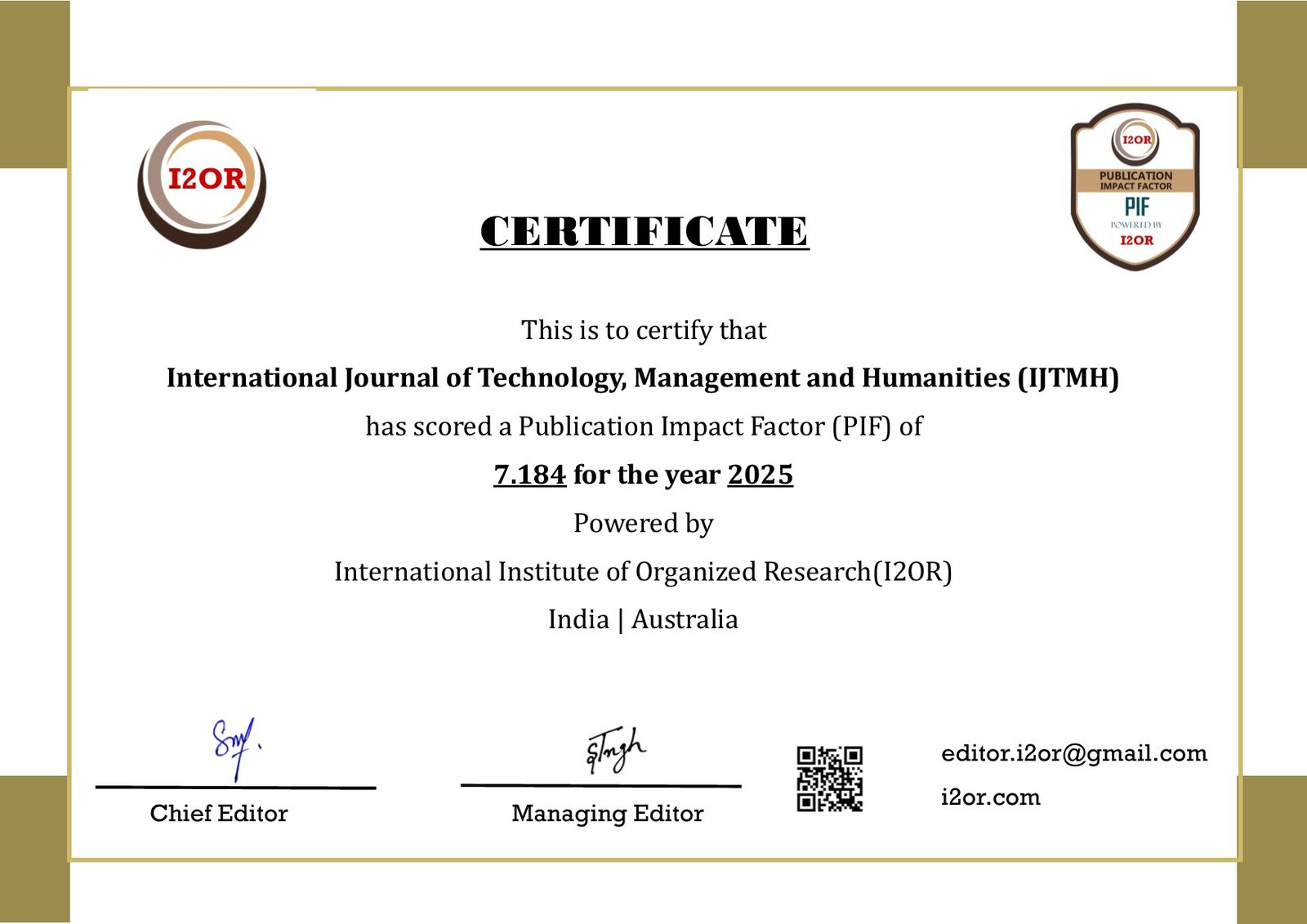AI-Driven Automated Incident Response and Remediation in Networks
DOI:
https://doi.org/10.21590/ijtmh.11.02.09Keywords:
AI-driven response, automated remediation, incident detection, machine learning, network security, threat prioritization, self-healing networks, cybersecurity automation.Abstract
As enterprise networks become more dynamic in nature and encounter more advanced vectors of cyber-attacks, human driven incident response processes are becoming too slow, too inaccurate and too inflexible. As this paper argues, the ability of AI-driven automated incident response and remediation systems to transform network efficiency and resilience is enormous. With the development of machine learning, behavioral analytics, and natural language processing, AI will be not only able to identify anomalies in-real-time, but also the coordination of faster containment and mitigation and recovery activities on the network. These systems eliminate alert fatigue, using smart triaging and based on contextual risk scoring and rank the threat according to severity and impact. In addition, self-healing networks combined with adaptive response playbooks show the network how AI can transform a reactive analytics solution to an active component of defending the cybersecurity attack. There are still some issues left, including data quality, model interpretability, and ethical models governing autonomous decisions. The development of strategic implications on network management and evolving role of security teams as well as outlook in AI-based cybersecurity architecture are also discussed in this paper. Through the examination of present-day such powers and shortcomings, the research demonstrates the necessity in well-balanced cooperation between a human and an AI and investing in automated responses infrastructure in advance.







